When Your Teacher Thinks There Funny Letter S in Block Letters
How to Teach the Alphabet to Preschoolers
Is your preschooler ready to learn the alphabet? If so, this post is for you! Jam-packed with letter recognition activities designed to help you teach the alphabet, this post contains enough fun to keep your child busy for months!
Read on to discover more about this valuable pre-reading skill for young children, or scroll down to download eight of our free, top-quality letter recognition activities.
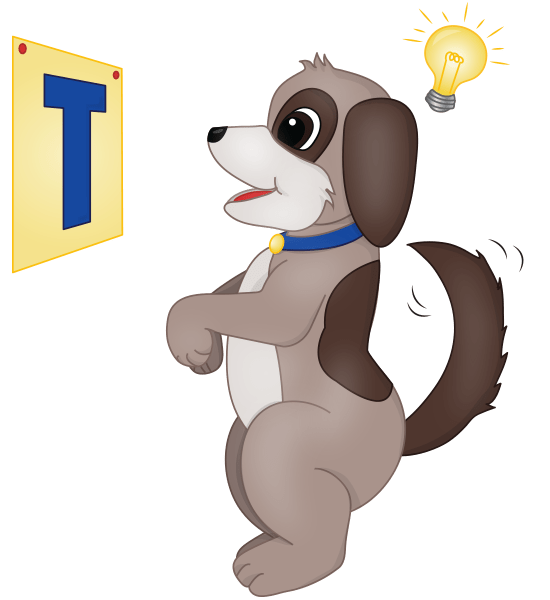
What Is Letter Recognition?
Letter recognition—also known as alphabet recognition—is the ability to:
- distinguish between the 26 letters of the alphabet
- say the letter name
If your child already knows "The Alphabet Song," that is a great start! But there is more to letter recognition than being able to sing the ABCs. You want your child to be able to pick out the individual letters and name them, and that's where the downloadable activities that follow really shine.
Advantages of Learning the Letter Names
Children who know the names of the letters have three major advantages:
- Kids who know letter names will learn the sounds of the letters much more easily. By contrast, children who don't know the letter names often have tremendous difficulty in learning the sounds of the letters.1
- Children who can easily name the letters of the alphabet have an easier time learning to read.2, 3
- As they learn the letter names, children tend to be more motivated to discover more about the letters and about the words around them.4, 5, 6
So you know that teaching the letter names is important, but now you may be wondering…
Should Uppercase or Lowercase Letters Be Taught First?
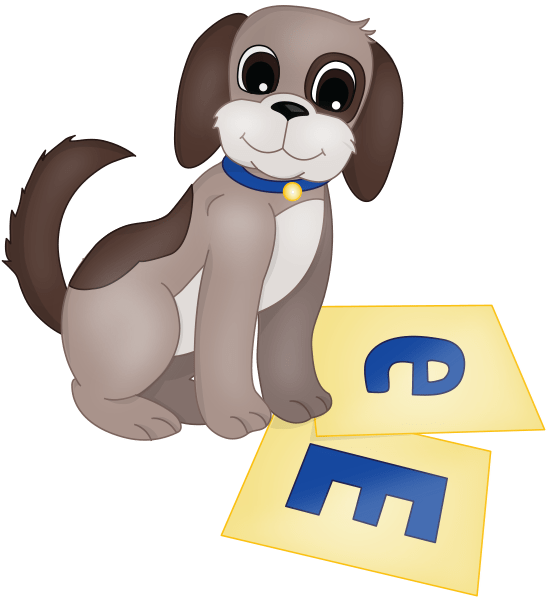
Developmentally, it will be easier for your child to learn capital letters first. That's because the visual form of the capital letters is more distinct. Take a look at this row of capital letters:
A B C D E F G H I J K L M N O P Q R S T U V W X Y Z
The only letters that could be flipped and mistaken for another letter are M/W.
Now take a look at this row of lowercase letters:
a b c d e f g h i j k l m n o p q r s t u v w x y z
With the lowercase letters, there are several pairs of letters that could be flipped.
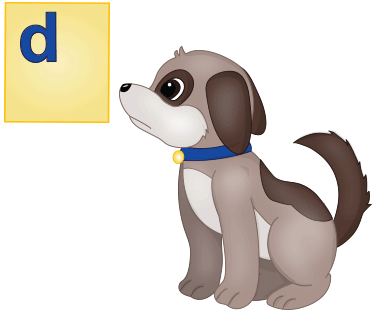
- b/d (flip on the vertical axis)
- b/p (flip on the horizontal axis)
- d/p (flip on the horizontal and vertical axis)
- p/q (flip on the vertical axis)
- n/u (flip on the horizontal and vertical axis)
So that's why I recommend starting with the "easier" uppercase letters.
But what about the fact that most text is composed of lowercase letters? After all, this sentence has 57 letters, and only one of them is uppercase. Doesn't it stand to reason that kids should learn the lowercase letters first?
The fact is that your child will learn all of the letters–uppercase and lowercase–before he learns to read. So why not start with the letter form that is easiest to learn?
Honestly though, it isn't critical. If you want to teach lowercase letters first, that is fine. Just be aware that some kids do mix up those letters mentioned above. (And here's help if your child already reverses similar letters such as "b" and "d".) The most important thing is that your child has an enjoyable introduction to the alphabet, and that she can recognize the letters with confidence.
Now let's dig in to the fun stuff!
Here Are 8 Free Letter Recognition Activities You Can Download!
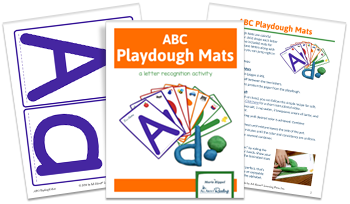
ABC Playdough Mats
Crafting letters out of playdough allows children to feel the alphabet as they roll and bend the dough to form the letters. Your child may not even realize he's learning!
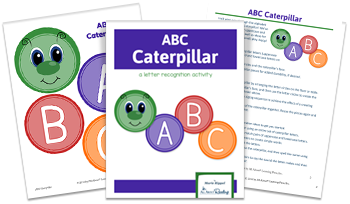
ABC Caterpillar
As your child inches his way through the alphabet with this colorful caterpillar, he'll get plenty of hands-on alphabet play, including putting letters in alphabetical order.
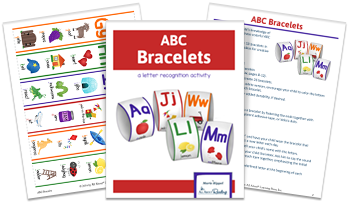
ABC Bracelets
Your little one will admire her "letter of the day" every time she glances at her wrist. And tomorrow she'll get a brand new bracelet to "show off" to family and friends!
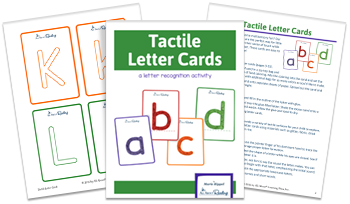
Tactile Letter Cards
Children learn about the world around them through their senses. Our tactile letter cards let children use their sense of touch to learn about uppercase and lowercase letters.
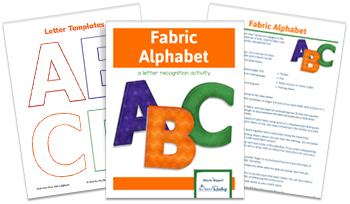
Make Your Own Fabric Alphabet
Playing with the alphabet is a great way to help your preschooler get ready to read. This easy-to-make, soft, and colorful alphabet turns learning letters into a tactile activity.
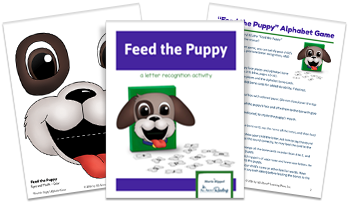
"Feed the Puppy" Alphabet Game
Our "Feed the Puppy" Alphabet Game lets kids practice the names of the letters in a super-fun way. After all, who doesn't love learning with a cute puppy?
These activities will give your child hours and hours of fun while helping prepare him for formal reading instruction.
Keep Track of Which Letters Your Child Knows
When you are teaching letters to your child, make sure that you get to the end of the alphabet. This may seem obvious, but all too often, young children don't master the last several letters. Be sure that your child knows U, V, and W as well as he knows A, B, and C!
To help you keep track of which letters have been learned, you can download this great little alphabet progress chart. Post it on your fridge or playroom wall.
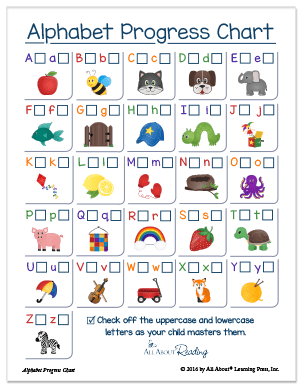
Letter Knowledge Is One of the Big Five Skills
Did you know that there are five skills that your child should master before beginning formal reading instruction? We call them the "Big Five Skills" and these skills lay the foundation for learning to read. In fact, they're so important that we cover all of them in the All About Reading Pre-reading program.
If you're ready to tackle the rest of the Big Five Skills, be sure to check out the All About Reading Pre-reading program. Your student will enjoy special games, crafts, and story time read-alouds, and you will love the way your student effortlessly learns essential pre-reading skills.
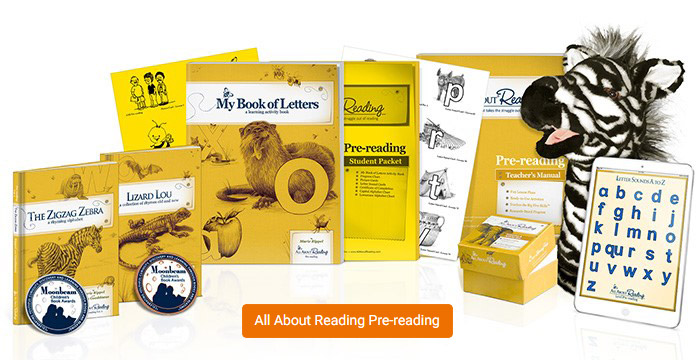
Which of these letter recognition activities are you going to try out first? Let me know in the comments below!
___________________________________
1. Mason, Jana M. (1980). When do children begin to read: an exploration of our year-old children's letter and word reading competencies. Reading Research Quarterly, 15, 203-227.
2. Bond , Guy L., and Dykstra, Robert (1967). The cooperative research program in first-grade reading instruction. Reading Research Quarterly, 2, 5-142.
3. Chall, Jeanne S. (1967). Learning to read: The great debate. New York: McGraw-Hill.
4. Chomsky, Carol (1979). Approaching reading through invented spelling. In L. B. Resnick and P. A. Weaver (eds.), Theory and practice of early reading, vol. 2, 43-65. Hillsdale, NJ: Erlbaum Associates.
5. Mason, Jana M. (1980). When do children begin to read: an exploration of our year-old children's letter and word reading competencies. Reading Research Quarterly, 15, 203-227.
6. Read, Charles (1971). Preschool children's knowledge of English phonology. Harvard Educational Review, 41, 1-34.
Source: https://blog.allaboutlearningpress.com/teach-alphabet/
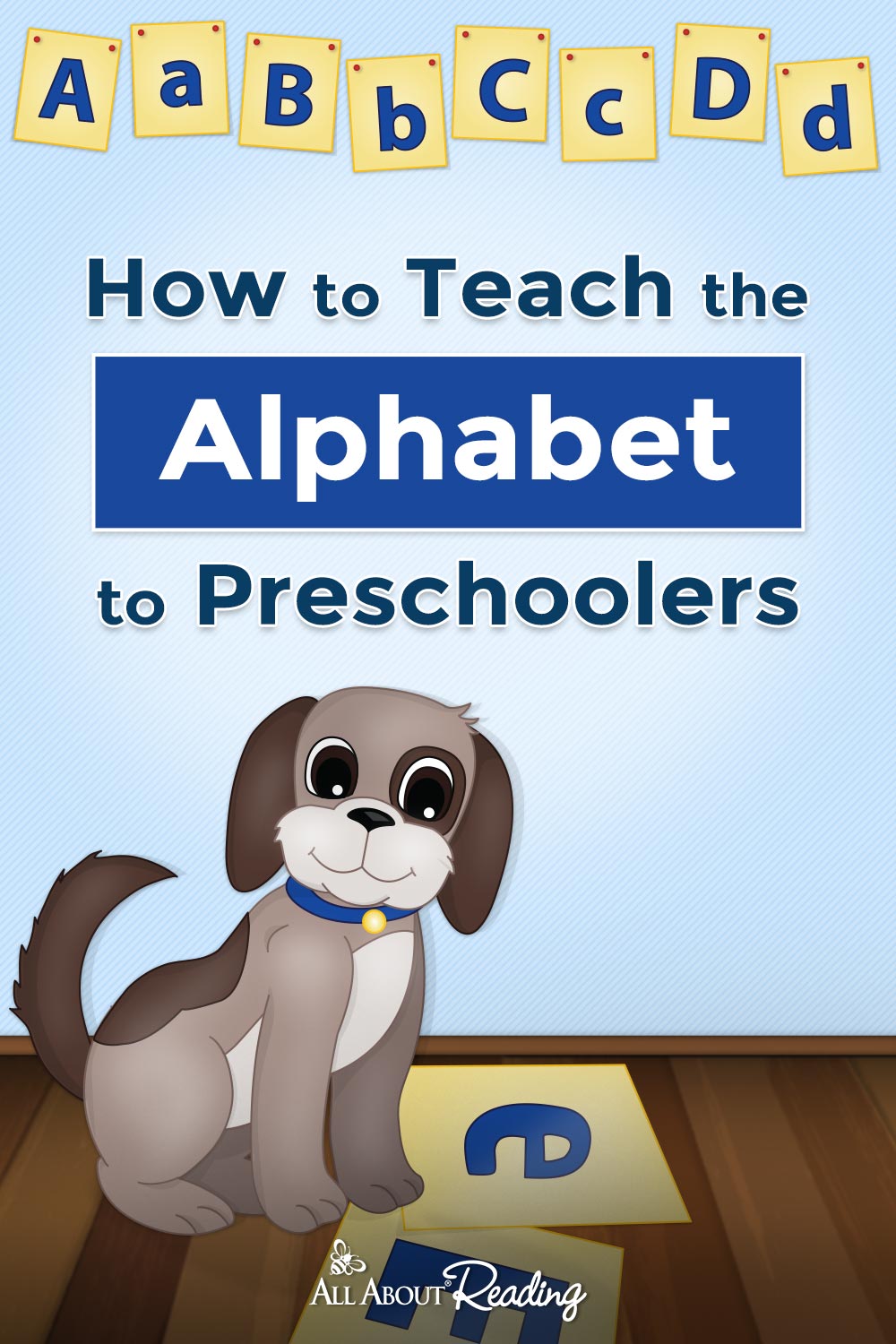
0 Response to "When Your Teacher Thinks There Funny Letter S in Block Letters"
Post a Comment